Archives
- 2025-11
- 2025-10
- 2025-09
- 2025-04
- 2025-03
- 2025-02
- 2025-01
- 2024-12
- 2024-11
- 2024-10
- 2024-09
- 2024-08
- 2024-07
- 2024-06
- 2024-05
- 2024-04
- 2024-03
- 2024-02
- 2024-01
- 2023-12
- 2023-11
- 2023-10
- 2023-09
- 2023-08
- 2023-07
- 2023-06
- 2023-05
- 2023-04
- 2023-03
- 2023-02
- 2023-01
- 2022-12
- 2022-11
- 2022-10
- 2022-09
- 2022-08
- 2022-07
- 2022-06
- 2022-05
- 2022-04
- 2022-03
- 2022-02
- 2022-01
- 2021-12
- 2021-11
- 2021-10
- 2021-09
- 2021-08
- 2021-07
- 2021-06
- 2021-05
- 2021-04
- 2021-03
- 2021-02
- 2021-01
- 2020-12
- 2020-11
- 2020-10
- 2020-09
- 2020-08
- 2020-07
- 2020-06
- 2020-05
- 2020-04
- 2020-03
- 2020-02
- 2020-01
- 2019-12
- 2019-11
- 2019-10
- 2019-09
- 2019-08
- 2019-07
- 2019-06
- 2019-05
- 2019-04
- 2018-11
- 2018-10
- 2018-07
-
In this study we generated mice in which the native
2020-11-13

In this study we generated mice in which the native Bcl6 locus was engineered to produce a form of Bcl6 containing a mutant RD2 domain that disrupts its repressor function. We found that RD2 domain is essential for pre-GC B cell differentiation and clustering into nascent GC within follicles, in par
-
br TRIM TIF A RNF TRIM contains a RING
2020-11-13
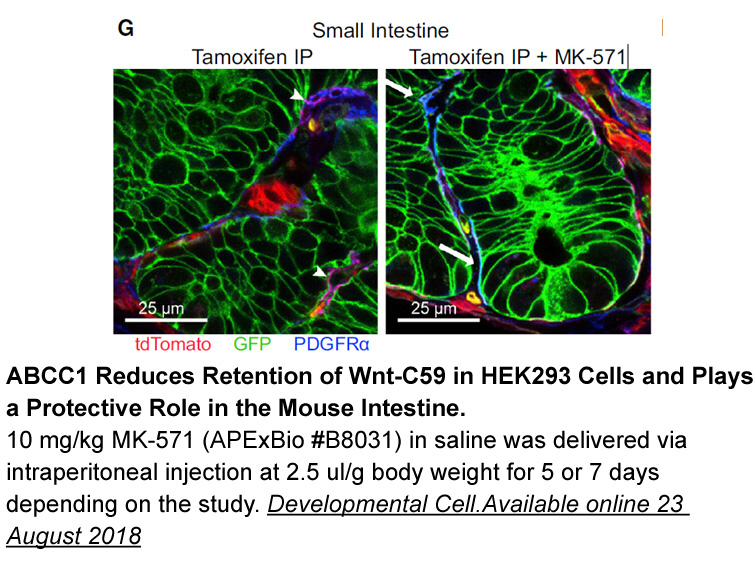
TRIM24 (TIF1A, RNF82) TRIM24 contains a RING-both B-boxes-coiled coil conserved structure at the N-terminus with bromo and PHD domains prior to C-terminal end (Fig. 3). This transcriptional intermediary factor is well studied in the context of transcriptional activation of nuclear receptor via ac
-
The goal of studying RvE in goblet
2020-11-13
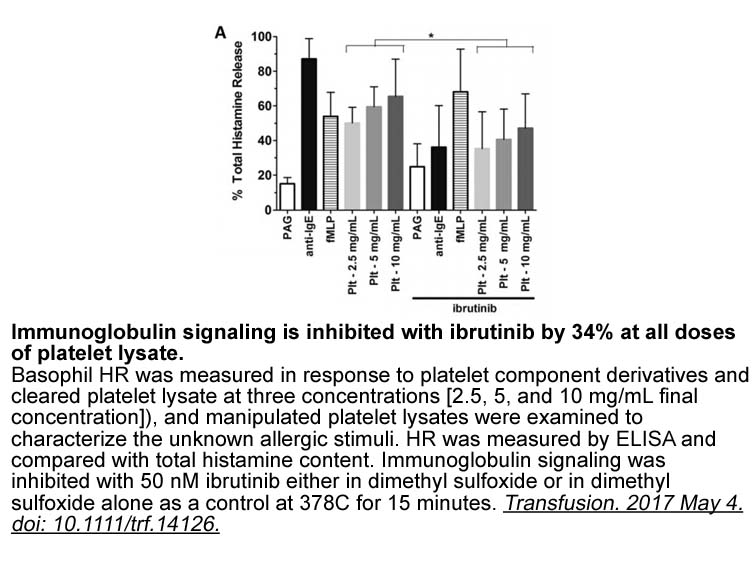
The goal of studying RvE1 in goblet Triflusal receptor is to determine if it may be used to preserve ocular surface homeostasis and as a treatment of ocular inflammatory diseases. We found that RvE1 increased glycoconjugate secretion after 2 h, not at 4 h. This suggests that RvE1 has a short, but p
-
The nuclear receptor related protein
2020-11-13

The nuclear receptor related-1 protein, Nurr1 (NR4A2), is a transcription factor that regulates the 7340 of genes critical for the development, maintenance, and survival of dopaminergic neurons (Alavian et al., 2014, Decressac et al., 2013, Dong et al., 2016, Jankovic et al., 2005, Johnson et al.,
-
Cilnidipine synthesis br Experimental Procedures br Acknowle
2020-11-13

Experimental Procedures Acknowledgments The authors wish to thank P. Costet (University of Bordeaux) and Véronique Guyonnet-Duperat (FR TransBioMed, Plateforme de Vectorologie, University of Bordeaux) and Prof. Nils-Göran Larsson and Dr. Bettina Bertalan (Max Planck Institute for Biology of Ag
-
Electron transport via DHODH activity will allow the
2020-11-13

Electron transport via DHODH activity will allow the generation of mitochondrial ROS without the consumption of α-ketoglutarate or NADH. Glutamine-dependent flux through the TCA cycle and oxidative phosphorylation can also enable generation of mitochondrial ROS (Weinberg et al., 2010). The latter pr
-
br General Characteristics of the Type II Dehydrogenases Alt
2020-11-13

General Characteristics of the Type II Dehydrogenases Alternative NAD(P)H dehydrogenases conduct the reaction of the rotenone-insensitive oxidation of cytosolic and mitochondrial matrix NADH and/or NADPH (Fig. 1) (Melo et al., 2004, Rasmusson et al., 2004, Rasmusson et al., 2008). They catalyze t
-
br Materials and Methods br Acknowledgements br
2020-11-13
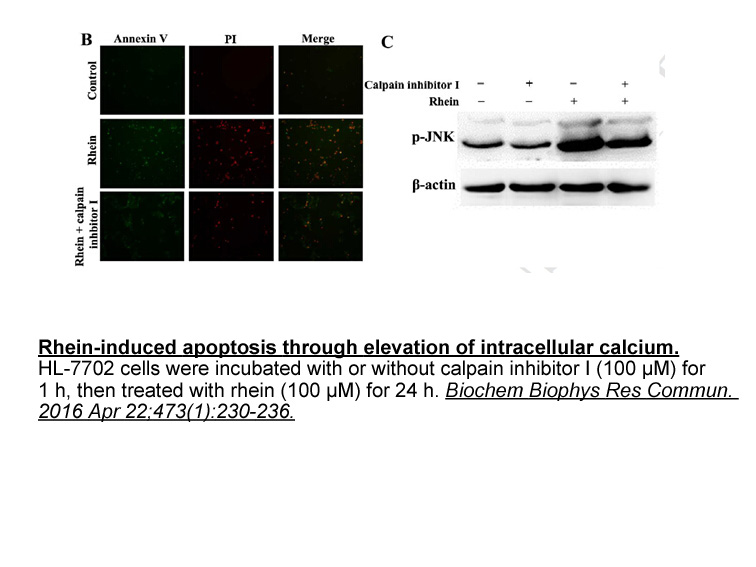
Materials and Methods Acknowledgements Introduction Collagen fibrillogenesis, the assembly of collagen fibers, is a critical process in the development, maturation, and repair of mammalian tissue. Alterations in the structure and amount of deposited collagen fibers can greatly alter the int
-
Fatostatin A In contrast to DDR the role
2020-11-13
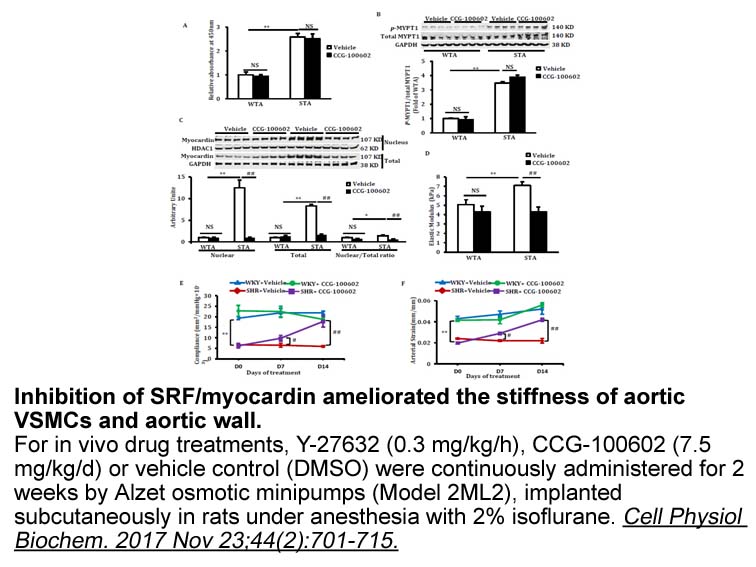
In Fatostatin A to DDR1, the role of oligomerization and/or clustering of DDR2 in mediating its interactions with collagen is less understood. Current data show that in DDR2, like in DDR1, (i) dimerization [7] and higher-order oligomerization of its ECD [11], [22] enhance its binding to collagen, a
-
Atg cleaves Atg at the peptide
2020-11-13

Atg4 cleaves Atg8 at the peptide bond on the glycine residue at the C-terminus, thus allowing the conjugation of Atg8 to phosphatidylethanolamine (PE) with the participation of other autophagy molecules. Atg4 can also serve as a deconjugating enzyme, which cleaves the amide bond of the conjugated At
-
The most important finding in the present study
2020-11-13
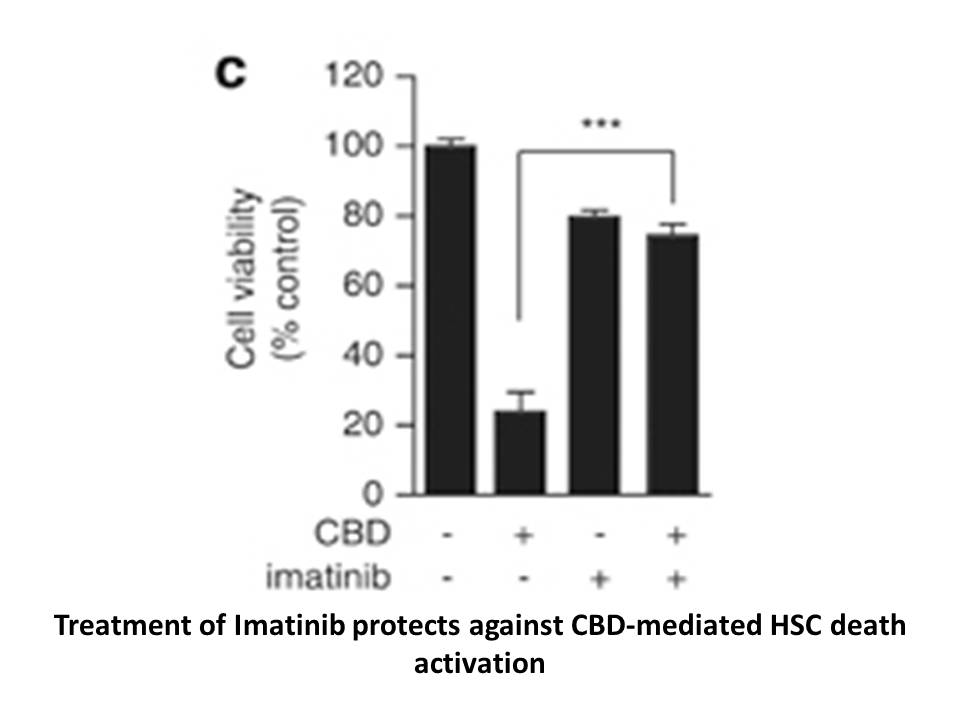
The most important finding in the present study is that the EKR1/2-Egr-1 signaling pathway might be involve in the mechanisms underlying CysLT2 receptor-mediated IL-8 production. The signaling profile can be described by the following sequential processes: the agonists (LTC4 and LTD4) activates CysL
-
Compounds and were outliers for this
2020-11-12
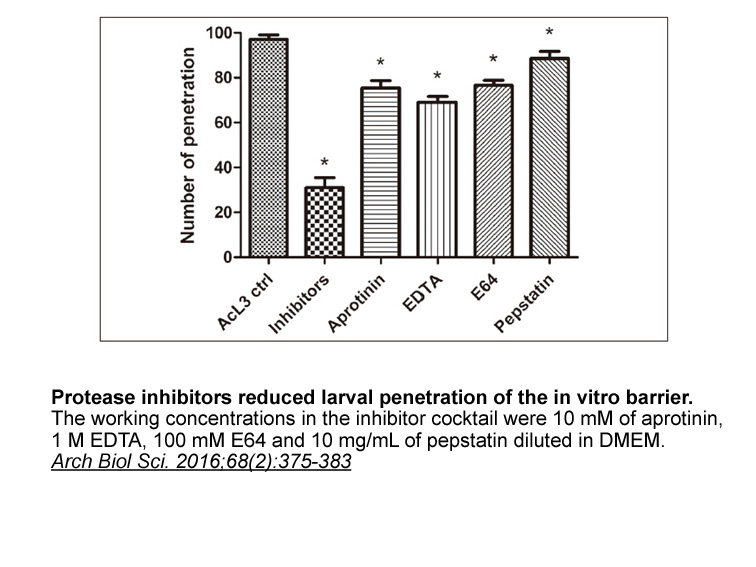
Compounds and were outliers for this equation being the two most reactive compounds. The presence of outliers implies that other factors or specific mechanisms are involved in their chemical hydrolysis. Generally urea derivatives prove to be highly stable in aqueous solutions in vitro. Additionally
-
br Methods br Results Our study focused on consecutive postu
2020-11-12
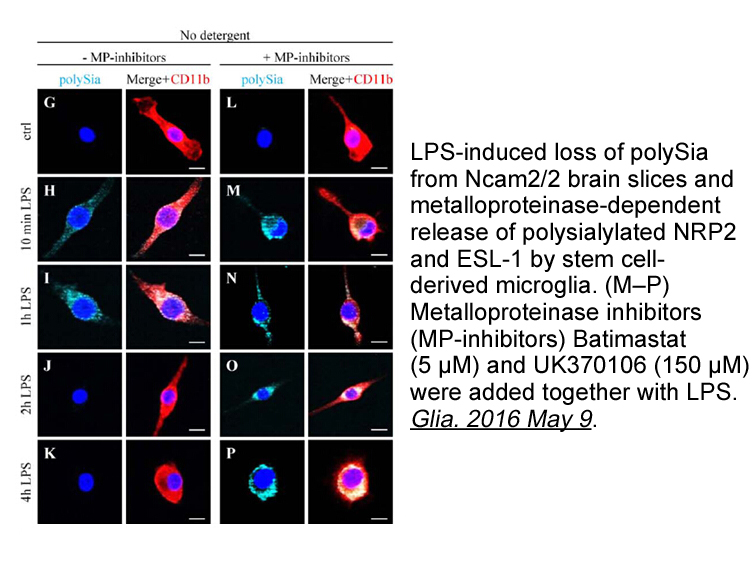
Methods Results Our study focused on consecutive postural adjustments (CPAs) between IS and BS (the shaded areas on Fig. 2); that is to say, the Rx kinetics that occur after the end of an upper limb movement. It was dedicated to examining the main features of CPAs and the influence of movement
-
Building applications by selecting and integrating component
2020-11-12

Building applications by selecting and integrating components is known in software engineering as COTS-based development. Nowadays, this approach is recognized as a crucial success factor for the software industry (Ahuja, 2014). The advantages of using COTS components include minimizing the overall
-
The two SNPs rs rs
2020-11-12

The two SNPs rs4818-rs4680 presented above are part of the haploblock (rs6269, rs4633, rs4818, rs4680) presenting the 3 major haplotypes which influence the enzymatic activity of COMT. This activity is inversely related to the sensitivity of pain in a chronic pain syndrome; so the haplotype (GCGG) h
16373 records 774/1092 page Previous Next First page 上5页 771772773774775 下5页 Last page